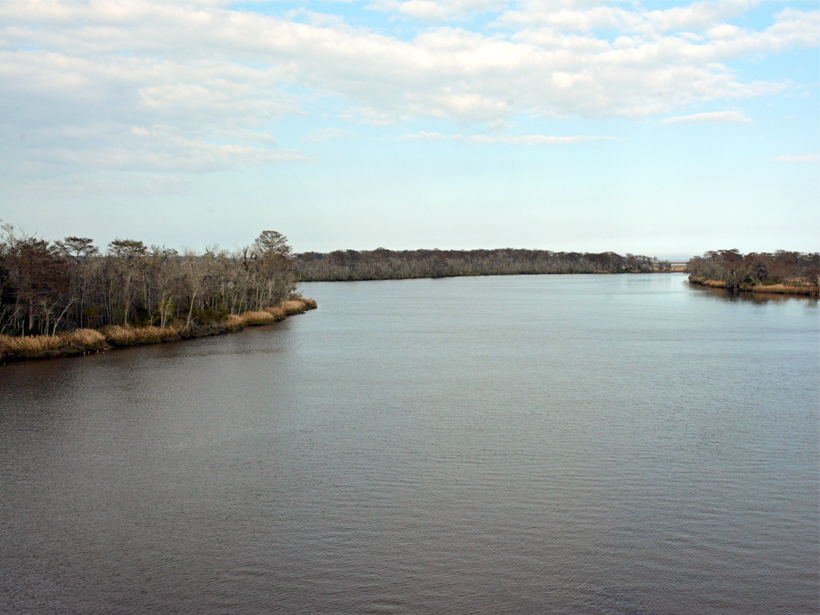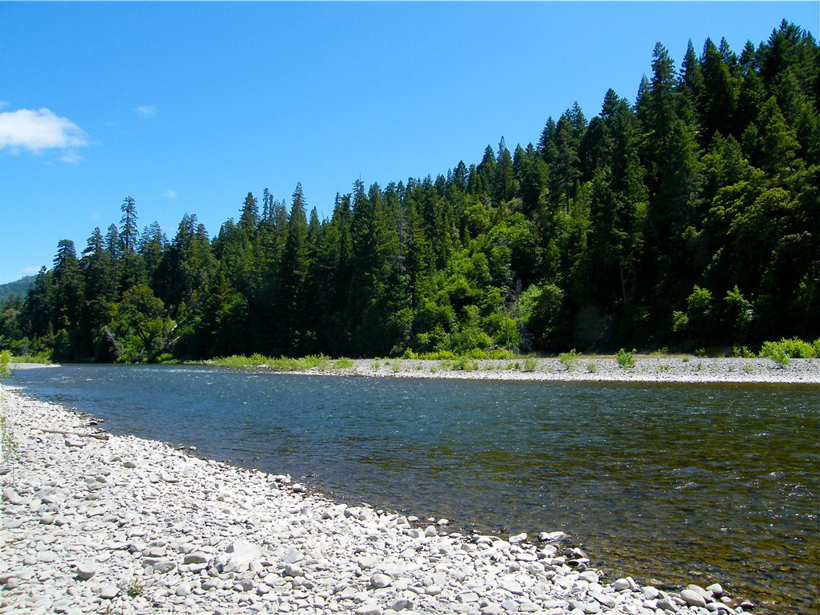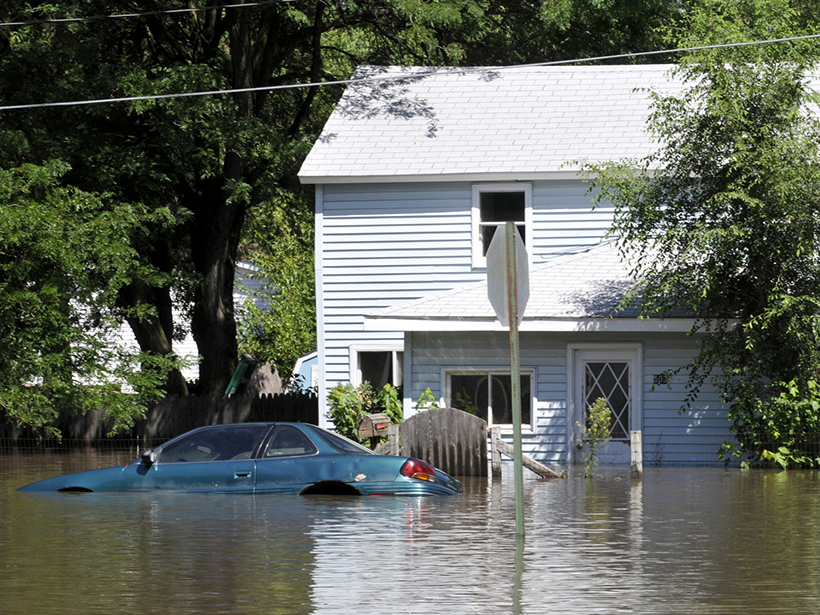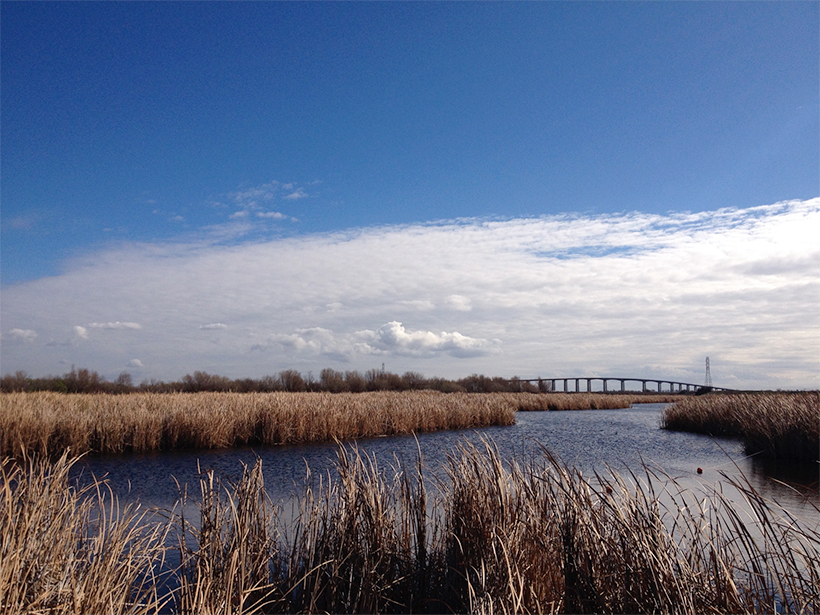Dissolved organic matter supports aquatic food webs and holds as much carbon as the atmosphere. A new study tracks which sources and processes play the biggest role in coastal systems.
Elizabeth Thompson
Elizabeth Thompson, née Jacobsen, is a freelance writer living in northern Virginia. She is a former production assistant and staff writer for Eos. Elizabeth graduated from Williams College with a degree in biology and English, and she is working toward a master’s degree in science writing at Johns Hopkins University. She enjoys spending time outdoors and exploring the workings of the world as fully as she can.
Answer to California Landscape Riddle Lies Underground
Scientists link vegetation mosaics in California to patterns of weathered bedrock.
Calculating the Risk of Rare Floods
The first spatially realistic catalog of synthetic flood event risk across the entire United States uncovers high-risk areas and estimates the probability of another Katrina–level flood loss.
A New Way to Analyze Evidence of Martian Oceans
Mars’s aqueous past holds the answers to many questions about the Red Planet. A new study provides a tool for scouring planetary surfaces for ancient shorelines.
Spruce Beetle Slows Snow Sublimation in Wyoming’s Mountains
A new study investigates changing water dynamics after a pest infestation in the Rocky Mountains.
When the River Meets the Sea: Estuary Sediments and Hypoxia
Scientists know that low-oxygen dead zones are growing worldwide. New research sheds light on what that will mean for estuary systems if trends continue.
A New Model Yields a Better Picture of Methane Fluxes
Scientists update an old model with recent findings, allowing for a more accurate understanding of methane dynamics in wetlands.
Modeling Beijing’s Water Crisis
Beijing’s growing population is rapidly draining its water supplies. A new study examines how land use change affects groundwater storage beneath the megacity.
Microfossils Illuminate Ancient Ocean Currents
Researchers use dissolved silicon concentrations to map out how currents may have changed millennia ago in the Pacific.
Following Carbon in an Age of Fire
As fires become more prevalent in California, researchers work to create a profile of the charred carbon left behind.










